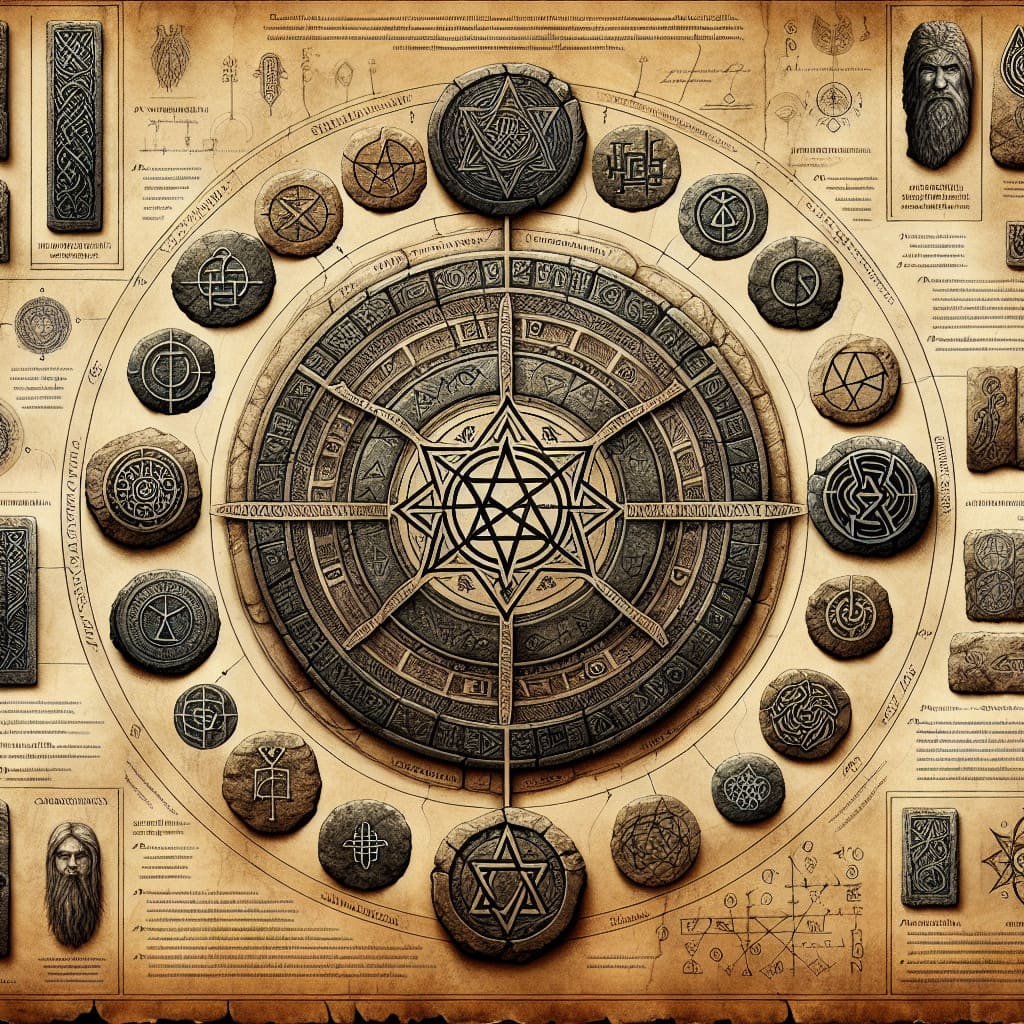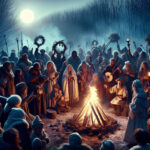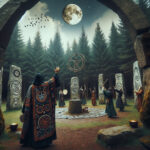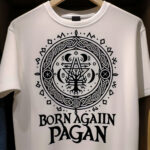Paganism has been around since ancient times and has been an integral part of many cultures. It is a spiritual practice that includes the worship of multiple gods and goddesses, often associated with nature and fertility. Throughout history, symbols have been used to represent the beliefs, rituals, and values of Paganism and many of these symbols have been around for centuries. In this article, we will explore some of the oldest Pagan symbols and their meanings. We will discuss the history behind these symbols, their current uses, and how they are still relevant today.
Pagan symbols have been an integral part of many cultures throughout history. These symbols represent beliefs, values and ideas that have been passed down through generations and have been used in rituals, ceremonies, and other forms of spiritual expression. While some of these symbols have been forgotten and lost to time, many of them remain in use today. Here we will take a look at the oldest pagan symbols and explore their meanings and significance.
The Ankh
The Ankh is an ancient Egyptian symbol that is believed to represent eternal life. It is usually depicted as a cross with a loop at the top, meaning that it is sometimes referred to as the Key of Life and the Key of the Nile. The Ankh is often associated with the gods Osiris, Isis, and Horus and is believed to be a symbol of fertility and abundance.
The Triquetra
The Triquetra is an ancient Celtic symbol that is believed to represent the threefold nature of the Goddess. It is usually depicted as three interlocking circles or three connected points, symbolizing the interconnectedness of all things. The Triquetra is often associated with the divine feminine and is used to represent spiritual growth, protection, and eternal life.
The Pentagram
The Pentagram is an ancient symbol that is typically depicted as a five-pointed star. It is believed to represent the five elements of earth, air, fire, water, and spirit, and is often used to represent balance and harmony. The Pentagram is associated with protection, power, and knowledge and is often used in rituals and ceremonies.
The Horned God
The Horned God is an ancient symbol that is believed to represent the masculine aspect of the divine. It is usually depicted as a figure with horns and is associated with hunting, fertility, and strength. The Horned God is often seen as a symbol of power and protection and is used to represent the eternal cycle of life and death.
The Tree of Life
The Tree of Life is an ancient symbol that is believed to represent the interconnectedness of all things. It is usually depicted as a tree with interwoven branches and roots, symbolizing the interconnectedness of life. The Tree of Life is associated with knowledge, strength, and wisdom and is often used to represent the cycle of life and death.
The Spiral
The Spiral is an ancient symbol that is believed to represent the cyclical nature of life. It is usually depicted as a spiral shape and is associated with the sun, moon, and stars. The Spiral is often used to represent the cycle of birth, death, and rebirth and is used to represent the interconnectedness of all things.
The Labyrinth
The Labyrinth is an ancient symbol that is believed to represent the journey of life. It is usually depicted as a large maze-like structure and is associated with spiritual growth and transformation. The Labyrinth is often used to represent the journey of self-discovery and is used to represent the journey of life.
Conclusion
These are just a few of the oldest pagan symbols that have been used throughout history. Each of these symbols represent a unique belief or idea and they have been used in rituals, ceremonies, and other forms of spiritual expression. If you are looking to connect to your inner spirituality, understanding and exploring these ancient symbols may be a great place to start.
The ancient pagan symbols have been around for centuries and have been used to represent the beliefs and values of the people who created them. Their meanings have evolved over time, and they continue to be used in various ways today. These symbols are a powerful reminder of our shared history and a reminder of the importance of understanding and respecting the beliefs of our ancestors. It is important to remember that, while these symbols may have different meanings to different people, they all represent something of great importance, and it is essential to preserve their legacy.





